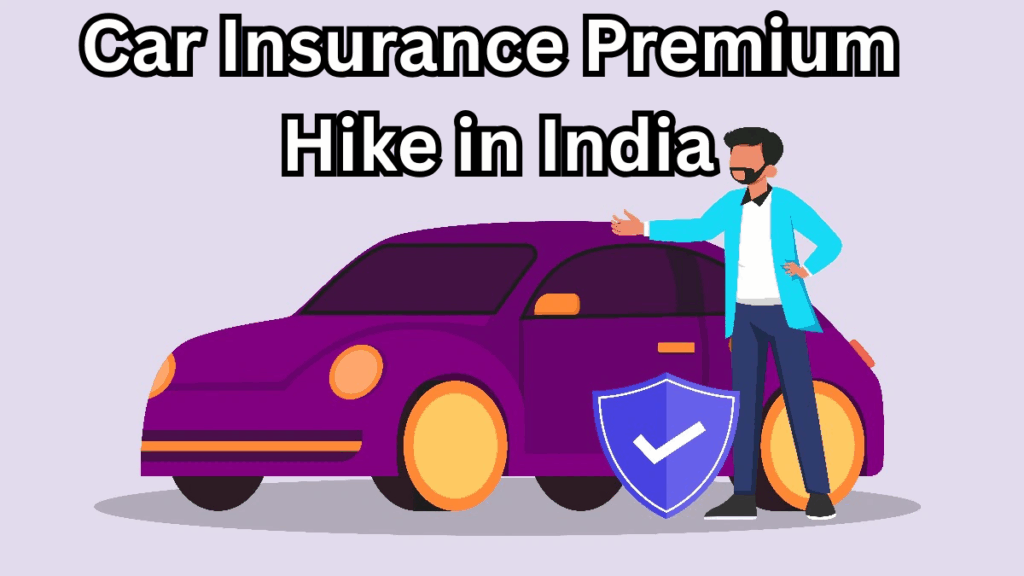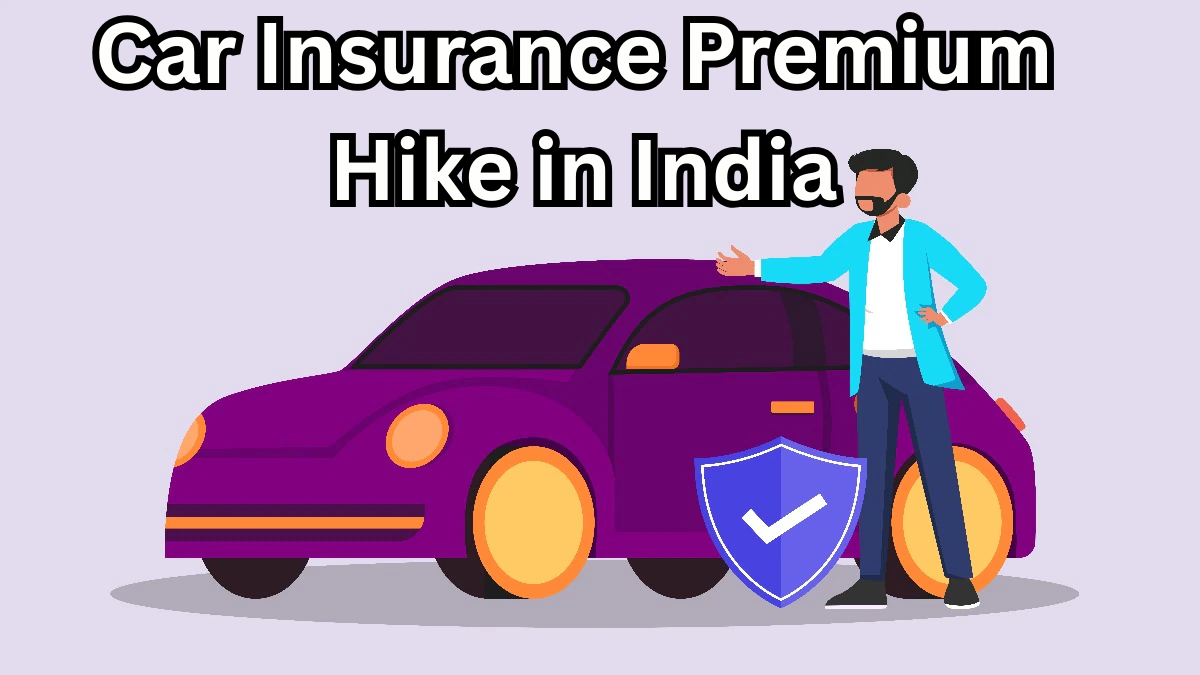As we step into 2025, there’s a significant update every car owner in India needs to be aware of — the car insurance premium hike India 2025. The Insurance Regulatory and Development Authority (IRDA) has proposed new changes that will directly impact how much individuals pay for their motor insurance policies, especially for third-party liability coverage.
This article will walk you through what’s changing, why it matters, and how to prepare for it.

What’s Changing in 2025?
The IRDA updates 2025 include revised rates for third-party motor insurance, which is mandatory under Indian law. These changes affect both private four-wheelers and two-wheelers, with higher premiums proposed for certain vehicle segments.
Proposed Premium Changes for 2025
| Vehicle Type | Engine Capacity | Old Premium (₹) | Proposed Premium 2025 (₹) |
|---|---|---|---|
| Private Cars | Below 1000 cc | ₹2,094 | ₹2,094 (No change) |
| 1000 cc – 1500 cc | ₹3,416 | ₹3,673 | |
| Above 1500 cc | ₹7,897 | ₹8,650 | |
| Two-Wheelers | Below 75 cc | ₹538 | ₹538 (No change) |
| 75 cc – 150 cc | ₹714 | ₹769 | |
| 150 cc – 350 cc | ₹1,366 | ₹1,401 | |
| Above 350 cc | ₹2,804 | ₹2,897 |
As seen above, most of the hikes apply to mid- and high-capacity vehicles. The car insurance premium hike India 2025 may not affect all categories equally but does indicate a wider trend of motor insurance price changes.
Why the Hike in Car Insurance Premiums?
There are several reasons behind the latest price revisions:
-
Higher claims volume: Increased road accidents have led to a surge in claims filed.
-
Rising repair costs: Inflation and costlier spare parts are putting pressure on insurers.
-
Annual IRDA adjustments: The IRDA updates 2025 reflect routine policy revisions aimed at maintaining balance between insurer losses and customer affordability.
How Will This Affect You?
The impact of this motor insurance price change depends on your vehicle type and usage.
For Small Car Owners (Below 1000 cc)
-
No change in premium rates.
-
Your third-party insurance costs will remain stable.
For Mid-Size Cars or SUVs (Above 1000 cc)
-
An increase of ₹257 to ₹753 annually.
-
Additional hike possible on comprehensive (own-damage) premiums.
For Two-Wheeler Owners
-
Minimal increase for bikes between 75cc and 350cc.
-
Premiums for high-end bikes (above 350cc) go up by ₹93.
What Should Vehicle Owners Do Now?
To avoid unexpected surprises during renewal, here’s what you can do:
-
Renew your policy early: If your policy is about to expire, renew it before the new rates take effect.
-
Use comparison tools: Check multiple insurance providers online to get the most cost-effective options.
-
Bundle policies: Some companies offer discounts when you bundle own-damage and third-party coverage.
-
Opt for voluntary deductibles: If you’re a safe driver, this can help lower your premium costs.
What to Expect Going Forward
The car insurance premium hike India 2025 is likely the beginning of broader reform. With advancements in vehicle safety, electric mobility, and usage-based insurance models, motor insurance price changes may soon be based on personal driving behavior, not just engine capacity or car type.
Staying informed about the IRDA updates 2025 and future announcements will help you stay ahead and make smarter decisions regarding your car insurance policy.
FAQs
1. Will the car insurance premium hike India 2025 apply to existing policies?
No, the new premium rates will apply only to policies renewed or purchased after the new guidelines come into effect.
2. Why are two-wheeler insurance premiums increasing?
Due to higher accident claims and rising repair costs, especially for high-capacity bikes, insurers have proposed premium adjustments.
3. Can I avoid the premium hike?
While you can’t completely avoid it, you can renew your policy early or choose options like voluntary deductibles to lower your overall premium.
4. Will there be more price changes after 2025?
Yes, the IRDA reviews premiums annually. Ongoing motor insurance price changes are likely based on inflation, claims data, and vehicle technology advancements.
Click here to learn more
